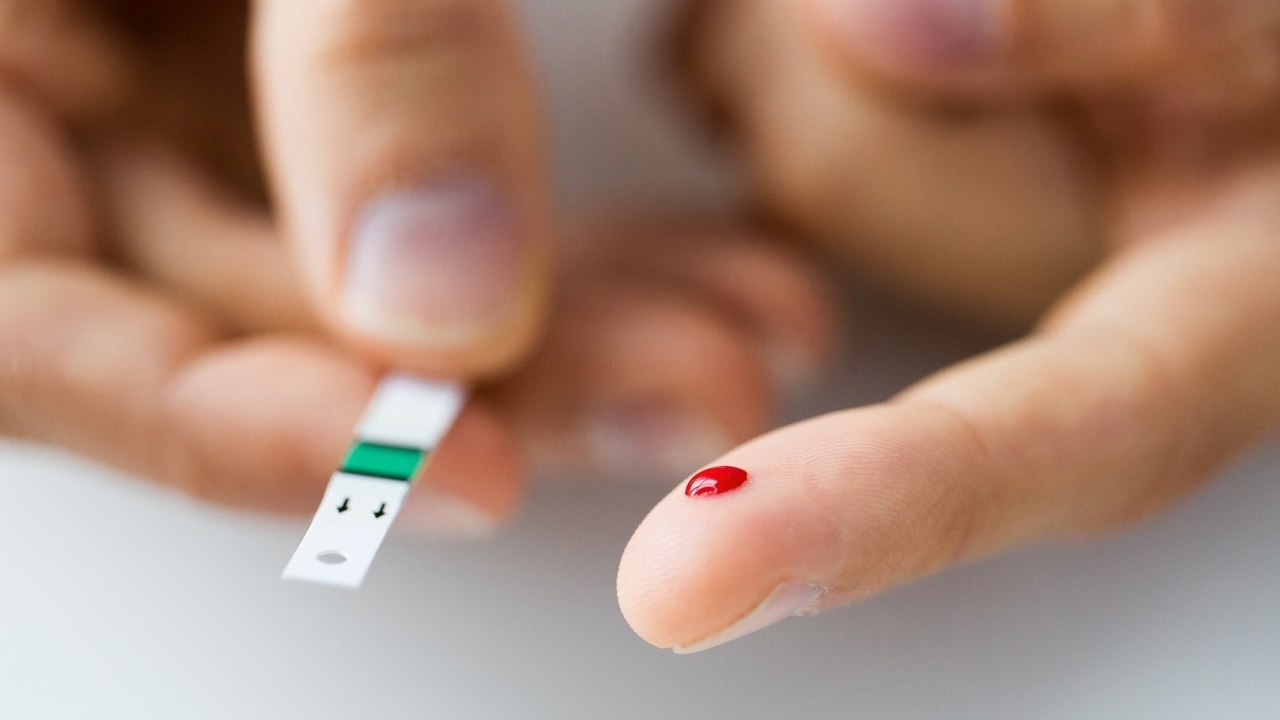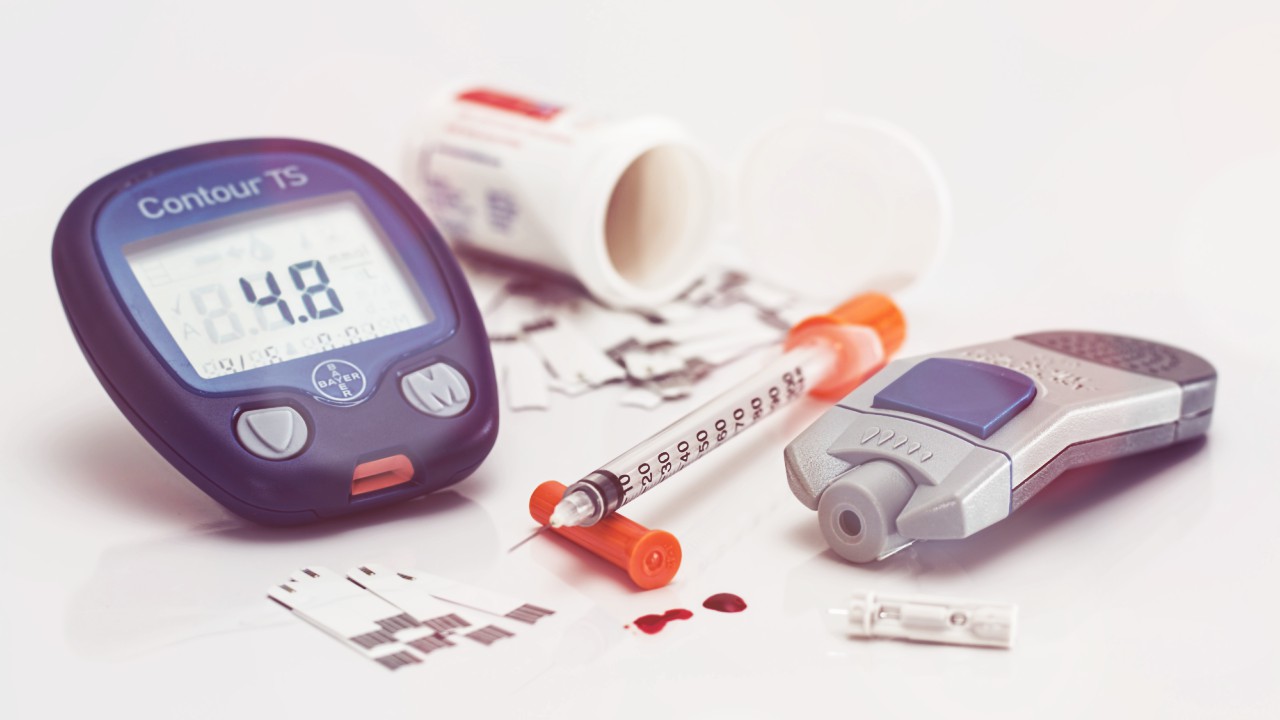For some time, doctors have known that consuming high fructose corn syrup can lead to diabetes. But a recent study on animals discovered details as to how. And it’s not pretty.
Diets rich in fructose have been linked to insulin resistance which has been identified as a precursor to Type 2 diabetes. The study, reported in the Cell Metabolism Journal, has singled out a specific gene, PGC-1 beta, that seems to respond to fructose by developing insulin resistance.
The researchers used rats in the study and found blocking that gene’s activity in rats that consumed high levels of fructose protected them from insulin resistance.
High-fructose corn syrup has been getting a bad rap lately thanks to studies linking the chemical to soaring obesity rates. The corn sweetener was virtually nonexistent 30 years ago. But since the 80s, it’s quickly become an ingredient in everything from sodas to cereals and is also used as a preservative.
A University of California study last year found that high fructose consumption leads to increased fat around the organs, which causes a pot-belly, as well as greater risk of diabetes, cardiovascular disease, and high levels of fatty triglycerides (a form of fat in the blood associated with heart disease). While glucose causes an equivalent weight gain, it does did not produce the same effects.
The hope is that this new research opens the door to new ways of treating several conditions brought on by too much fructose consumption, including insulin resistance, fatty liver disease, and high triglycerides.
Technically, those ads by the Corn Refiners Association are right: High fructose corn syrup is chemically much like sugar, or sucrose. HFCS works like this. The body breaks it down into fructose and glucose. Table sugar, or sucrose, also breaks down into the same two sugars, but slightly lower fructose to glucose ratio. HFCS is also not very different from table sugar when it comes to insulin resistance.
But, the problem with high-fructose corn syrup is two-fold. First, unlike glucose, which is metabolized several different ways, fructose is only metabolized by the liver. When the liver gets too much sugar, the excess is turned into fat.
Secondly, as with any sugar, it’s only recommended in low doses. But with HFCS in many grocery store items not traditionally considered sweet, like crackers, and the average American consuming 12 teaspoons per day, how are we supposed to consume it at moderate levels? Compounding the over-consumption issue is the fact that fructose fails to stimulate insulin production which leads to low levels of leptin, a hormone that tells us when we’re full. Without appropriate levels of leptin, we may still feel hungry after eating hundreds of calories from fructose, and continue to consume even more.
HFCS is not nearly as widely used in Europe or elsewhere as it is in the U.S. Pepsi is even responding to the backlash by temporarily issuing a new line of soft drinks sweetened with natural sugar in April.





Add a Comment14 Comments
Actually, since both sucrose and HFCS contain substantial amounts of fructose, it would be much better if manufacturers would start using glucose as the sweetener instead of "natural sugar" or sucrose. It would be more expensive, but not as expensive as the current epidemic of obesity and diabetes is to the country.
March 17, 2009 - 7:02amThis Comment
I'm not aware of what form pure glucose would take. Would you be able to fill me in on this?
March 17, 2009 - 5:15pmI do know, however, that consumers also have to be wary of glucose because of the dramatic spikes it causes in blood sugar levels, and in turn, energy levels. Its for this reason that agave nectar (which is quite yummy in an iced coffee, by the way) has taken off as an alternative sweeter. It has a higher fructose to glucose ratio, which causes less dramatic changes in the blood, and its significantly sweeter than table sugar, so you don't need as much.
This Comment
Corn in its normal form is 100% glucose
Sucrose from sugar cane is 50% glucose and 50% fructose (Called Sucrose)
High Fructose corn syrup is 45% glucose and 55% fructose.
It is a common mistake to think that high fructose corn syrup is literally high is fructose. It is only high in fructose in relation to corn.
http://www.nytimes.com/2006/07/02/business/yourmoney/02syrup.html?pagewanted=3&_r=1
March 30, 2009 - 4:08amThis Comment
This article should put one on the defensive regarding consumption of fructose et al. With the connection to diabetes and other conditions, it is a wake-up call for many. so we hope. Some do not have the discipline and self-control required so it is good for companies to make changes to their products like Pepsi did.
Evelyn Guzman
March 17, 2009 - 4:25amJoin for Free Alert
This Comment